Done cleaning around the house and still finding more to fix? Caulk is a simple, all-purpose tool you can use to fix joints, cracks, or seams. Its flexibility provides resolutions to a variety of repair problems. Here are just 15 of the many ways to improve your home using caulk.
Seal Exposed Corners
With the everchanging seasons, the rise and fall of temperatures, your house’s walls will expand and contract over time, creating cracks in the very corners of your home. These cracks are welcome mats for rain or soot, which rots away, damaging the house’s structure. Keep the corners shut with a silicone based caulk.
Stop The Roof from Leaking
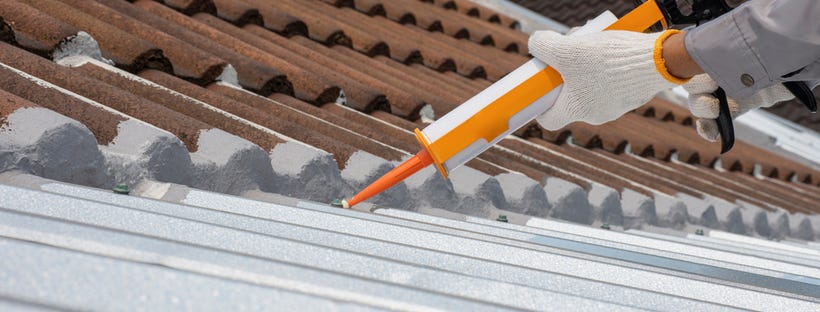
Your roof is the home’s defense from the elements, and any imperfection could lead to a leak and serious damage to your property. When these issues arise, try a roof sealant; a form of caulk made to be weatherproof, to seal the small cracks and gaps in your roof.
For large issues with your roof will require a roofer. In the meantime, it’s best to use a custom tarp wherever the trouble may be.
Reinforce Your Picket Fence
Picket fences are built from a series of posts, backing rails, and slats placed in the center of the structure. Any nails or screws used to hold your fence together are destined to mold or rust through ambient humidity alone. This will weaken the hold on your fence, making it easier for the whole structure to fall apart.
An all-weather, water-resistant caulk will fortify your fence and keep it up for years to come. Simply place them on nail or screw heads to keep them secure. You can also use caulk for any other crack you see on your fence. For this job, we recommend a silicone based caulk.
Keep Your Siding Hole-Free
A siding caulk can take care of a house’s outside walls. It comes in a variety of hues to match the color of your home. While siding caulk is traditionally made from silicone, the best material for holes in vinyl, there are two major drawbacks. You won’t be able to paint over it, and it is not ideal for other materials, especially wood and metal.
For wood siding, a wood filler would be your best option. For a more general purpose caulk, an exterior urethane or polyurethane caulk would be ideal. These work on metal, wood, and vinyl and can be easily painted over. The downside to these solutions is that they are not permanent, and the caulk will have to be replaced every couple years.
Save your Porch from Scratches

Did you know a heavy patio table covers an average 5 meters? That’s 5 meters of potential damage sitting on your wooden deck. Save yourself the hassle of selecting furniture pads and use caulk instead. Just apply it to wherever your decor will meet the floor.
Once dried, the silicone creates a smooth surface that will glide more easily against the wood floors of your porch. After you’re protected the patio from furniture, why not protect the furniture from the outdoors with chair covers?
Prevent Scratching on Surfaces
Using caulk for your porch can be just as effective for indoor flooring. Between furniture and dog crates, there are plenty of items that risk scratching up hardwood, tile, or any solid material. To stop blemishes, apply beads of caulk to your items. You can even protect your floors further by using a dog crate cover to protect from metal leaving marks on your home.
Smooth Out Your Driveway
Whether asphalt or concrete, it’s important to seal your driveway the same way you would seal your home. As always make sure to purchase the right material for the job. For asphalt strips, you’ll need to use acrylic caulk, which will blend effortlessly into any nook or cranny. For concrete, a self-leveling concrete caulk will create a perfect seal instantly.
Keep Drafts Out
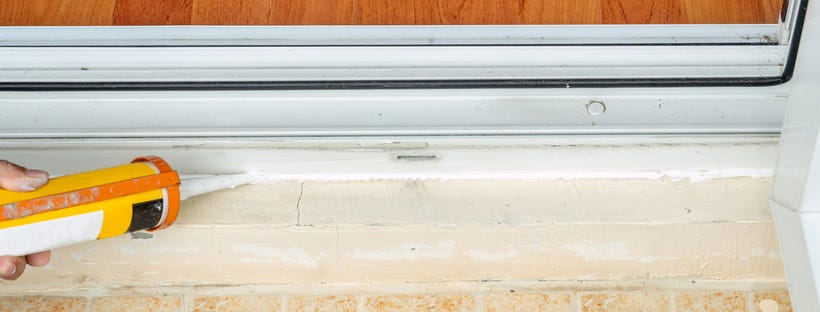
Excess openings in doors, windows, or your roof bring in unwanted air currents inside. Drafts come with a host of bacteria and allergens while ruining your home’s internal temperature. A waterproof caulk will make quick work of any openings.
Eliminate Pests
Drafts aren’t the only thing trying to make its way into your home. Insects, rodents, and other pests also have a way of finding their way in. Dab a layer of caulk on openings to the outside. Caulk varieties will work on concrete, brick, stone, plaster, and even metal.
Keep Wallpaper in Place
Caulk can be a wonderful way to keep old wallpaper up. Simply place caulk along the trimmed paper joints and apply extra on the intersections. Then, level it out with a moist sponge, discarding any defects. After that, you just peel back the sagging sections, apply to said areas, and roll the paper back out.
Recover Furniture

Caulk can be used to fully repair damaged furniture. While it works fine for small holes or scratches in your furniture, wood filler is still the superior option. Want to make use of your newly renovated old desk or shelving unit?
Secure a Slippery Rug
A raised rug can spell danger for your walkway, ready to make an incident of every passerby. Try forming a pattern of caulk drops around the rim. When dried, your rug will stay right where it belongs.
Reduce the Risk of Housefires
An opening near your fireplace can be a chance for your fire to rapidly grow due to incoming oxygen. If you want to prevent a house fire, fill any holes near your fireplace with fireproof caulk. This specialized caulk should also be installed near water and electrical lines.
Leak-proof Gutters
Your gutters will also be affected by the march of time. A waterproof sealant, like butyl rubber caulk, is great for this issue. It only takes a small amount to fix cracks and prepare for the next downpour.
Keep New Tiles New
A fresh set of tile can drastically improve your kitchen, bathroom, or patio. However, under damp conditions, crevices will expand, and mold/mildew will move in. If you want to protect your walls from rot, use a mildew-resistant silicone caulk around your tile. This keeps your tiles free from mold for many years.

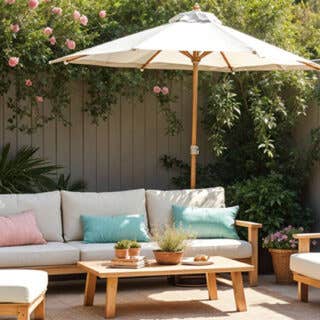
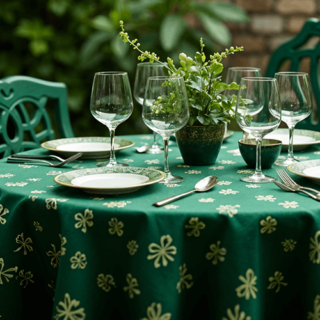



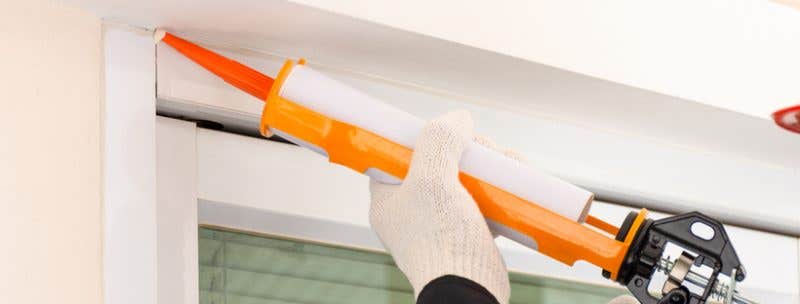

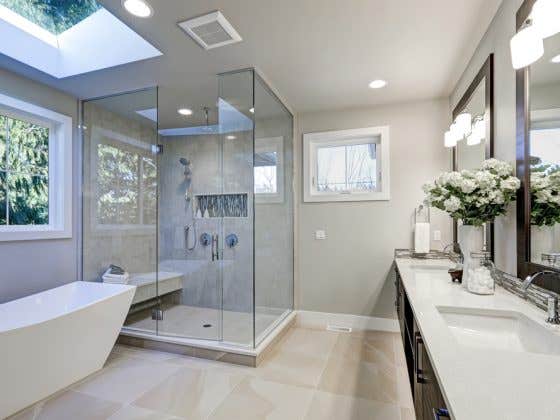
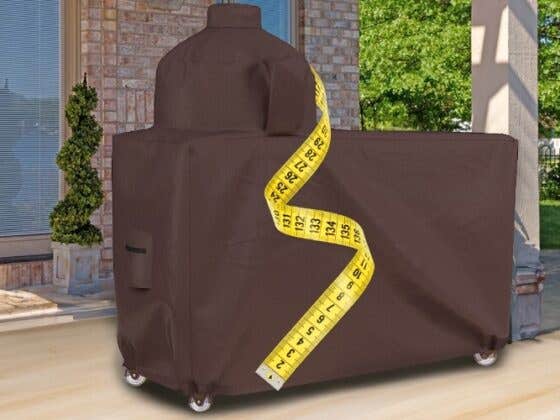
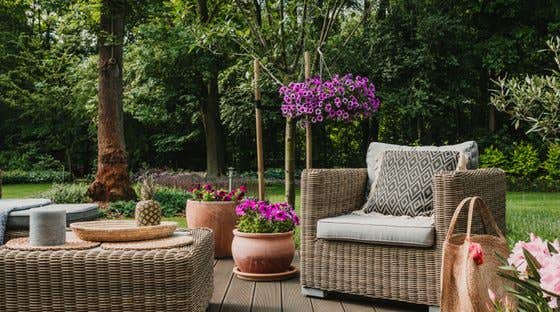




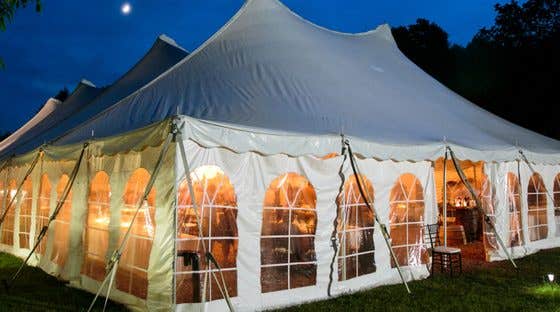

Recent Comments